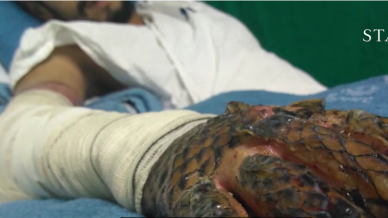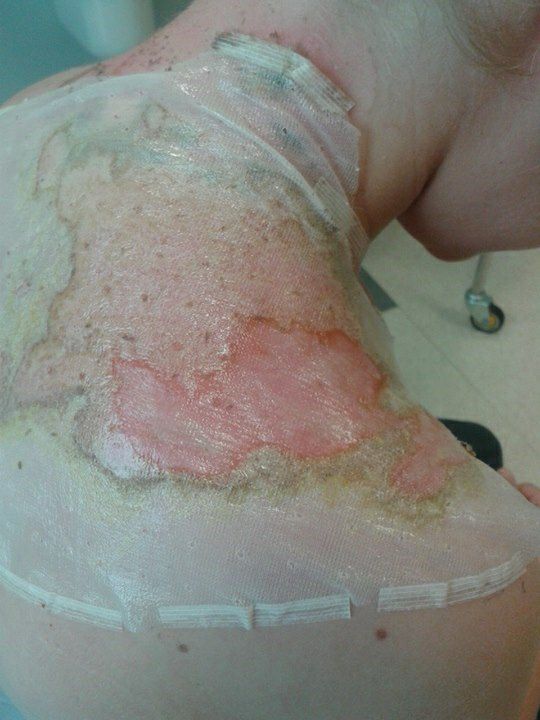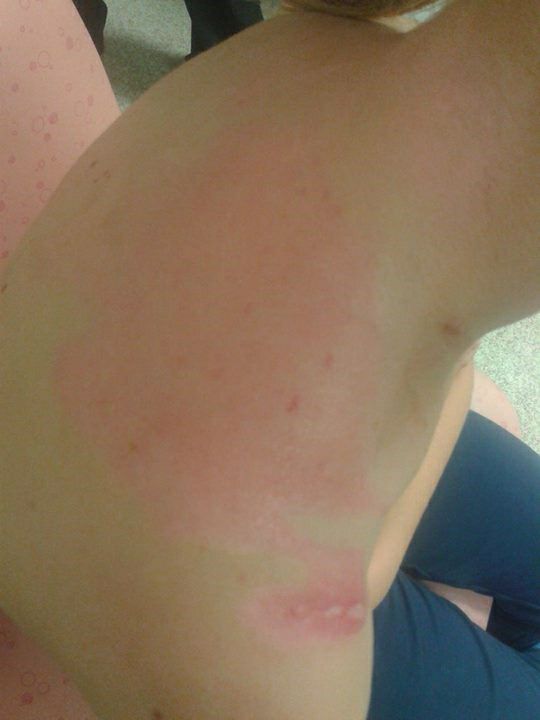
- Inspiring People -
- 4mins -
- 790 views
Could fish skin be used to bandage burns and ease the healing process?
Doctors in Brazil are testing the skin of the popular tilapia fish as a bandage for serious burns, and it has some unexpected advantages.
Innovation to meet a need
Doctors in Fortaleza, Brazil, are carrying out clinical trials using the skin of the widely consumed tilapia fish as a bandage for second- and third-degree burns. The innovation came about to meet a need. While the skins of different animals have been used in the treatment of burns in developed countries for some time, Brazil lacks the human skin, pig skin, and artificial alternatives that are readily available in the US.
The three skin banks in Brazil can meet only 1% of demand
"The three functional skin banks in Brazil can meet only 1 percent of the national demand", said Dr. Edmar Maciel, a plastic surgeon and burn specialist leading the clinical trials with tilapia skin, in an interview for STAT NEWS. As a result, public health patients in Brazil are normally bandaged with gauze and silver sulfadiazine cream.
The gauze-and-cream dressing must be changed every day, a painful process. In the burn unit at Fortaleza’s José Frota Institute, patients are visibly distressed as their wounds are unwrapped and washed.
This could be just what the doctor ordered for developing countries
"In countries such as the US, animal-based skin substitutes require levels of scrutiny from the Food and Drug Administration and animal rights groups that can drive up costs. Given the substantial supply of donated human skin, tilapia skin is unlikely to arrive at American hospitals anytime soon." Said Dr. Jeanne Lee, interim burn director at the the regional burn centre at the University of California at San Diego.
But it may be just what the doctor ordered in developing countries, particularly as this comparatively inexpensive commodity is normally thrown away.
“I’m willing to use anything that might actually help a patient,” Dr. Lee said. “It may be a good option depending on what country you’re talking about. But I also think the problem is that you need to find places that have the resources to actually process the skin and sterilise it, and make sure it doesn’t have diseases.”
The article from STAT NEWS concluded that in addition to the current clinical trials, researchers in Brazil are conducting histological studies that compare the composition of human, tilapia, pig, and frog skins. They are also conducting studies on the comparative costs of tilapia skin and conventional burn treatments. Should clinical trials show continued success, doctors hope a company will process the skins on an industrial scale and sell it to the public health system.
Main photo: STAT News
In the U.K. and other developed countries, treating burns with cells obtained from pigs is routine
The following images show treatment using a synthetic skin covering called a Biobrane It is made from a silicone thin layer that has small holes in it. Through these tiny pinprick holes, wound secretions find their way out. This layer protects the burn from the environment.
Underneath the silicone layer there is a nylon mesh upon which is bonded proteins extracted from pigs. These substances bond strongly with the surface of superficial burns. After about 2 weeks, the skin is healed and the Biobrane may be peeled off. Biobrane is used frequently in children who have sustained scald injuries providing good wound cover and excellent pain relief. Source: burncentrecare.co.uk

‘My daughter. Not before, but during the application. I wasn’t allowed into the theatre because of risk of infection. At this stage Amazing!’ Simon commented with this picture. Source: Facebook/Simon Tinsley

The results are quite remarkable. Source: Facebook/Simon Tinsley

